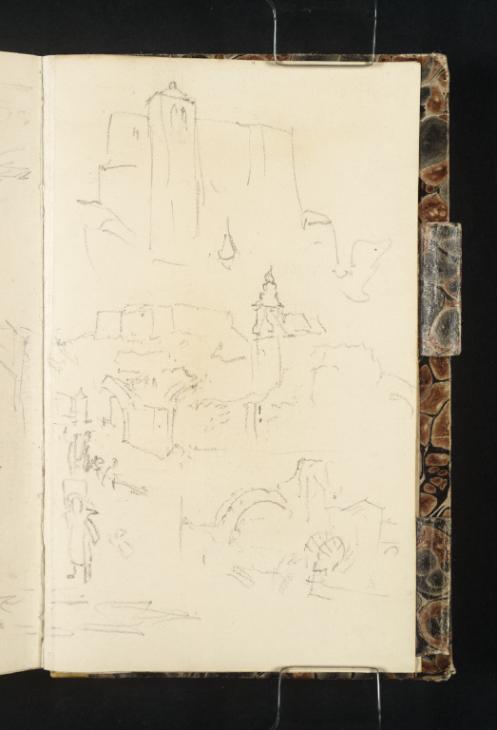References
How to cite
Alice Rylance-Watson, ‘Three Sketches of the Citadel at Huy, from the South, along the Valley of the Houyoux; Various Architectural Features 1839 by Joseph Mallord William Turner’, catalogue entry, April 2013, in David Blayney Brown (ed.), J.M.W. Turner: Sketchbooks, Drawings and Watercolours, Tate Research Publication, November 2014, https://www

